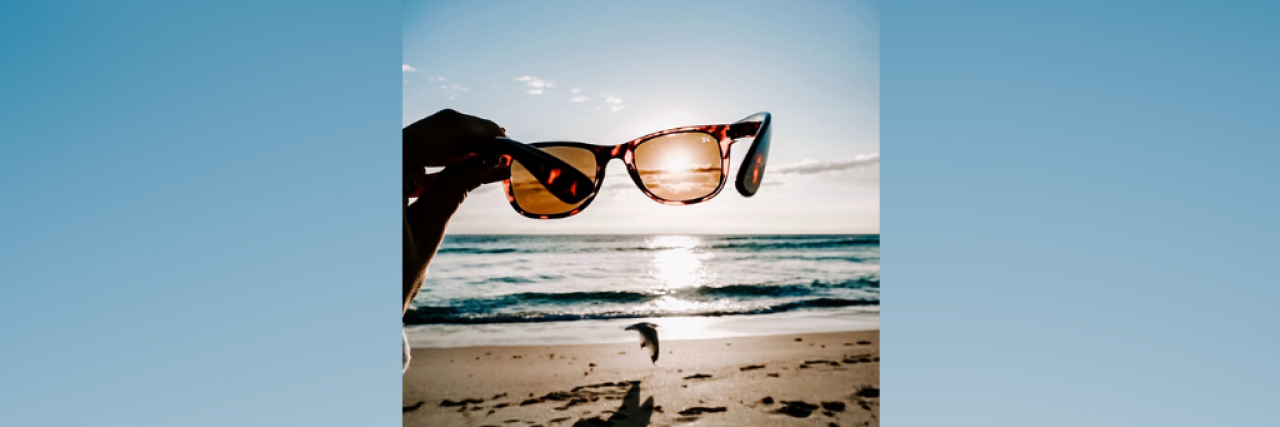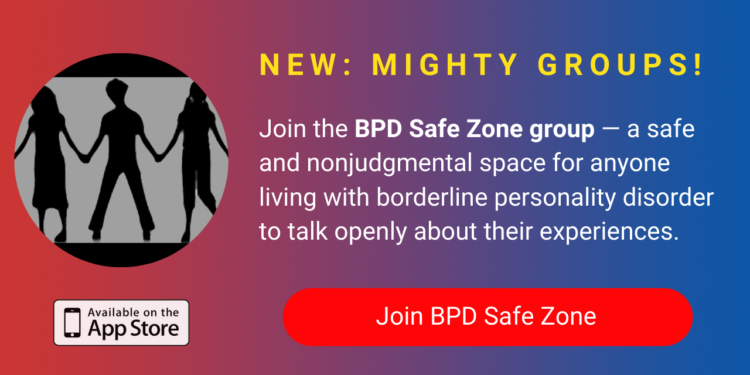What Recovery Means to Me as Someone With Borderline Personality Disorder
I have lived with emotional intensity and sensitivity for as long as I can remember. I first discovered I was “different” when I was in grade one and began crying during a read aloud on the carpet. My teacher told my parents I was “too emotional” and that this was “abnormal” for a grade one student. I was taken to my pediatrician who told me to put on “magic sunglasses” when I felt like crying. In a sense, to hide my tears; crying was something to be ashamed, and to hide.
Of course, this did not stop my tears; the suggestion just encouraged me to hide my emotions, it also led the other kids to tease me for wearing “magic sunglasses.” What I think may have been helpful could have been educating the teacher with the fact that all children are unique and there are no “right” reasons to cry. And also probing further to see how within my sensitivity, there was a gift — I would often embrace other children crying in the playground — I could connect with others, welcoming the lonely kids into my recess games.
As an adult, after many years of misdiagnosis, I was eventually diagnosed as having borderline personality disorder (BPD) traits. The first time I heard this label I was in my early 20s. A staff member in the ER told me I had big reactions to small changes, I was “too” sensitive and probably had BPD. I immediately felt like she was insulting me, telling me that my “personality” was inherently bad. It didn’t help that when I went home to google BPD I found that the internet is full of terribly stigmatizing comments on BPD, and a lot of misinformation about both the disorder, the people who live with this and recovery.
Today, I take off those “magic sunglasses.” I know that my emotions can feel really strong, but they do not need to be hidden. I can label my feelings and experience my emotions, expressing them in safe and creative ways. I can use my sensitivity and empathy to make a difference in the world.
For me, recovery is not the end of “emotions;” my emotions are still here. And sometimes my emotions feel powerful and intense. Even within painful moments, I know there is a place for me in the world. I belong here, all of me, not hidden behind “magic sunglasses.”
Recovery is not living pain-free. I used to think that recovery meant “fixed.” I no longer believe this and I do not want a fix. I do not need “magic sunglasses…” For me this shift away from desire for a “fix” did not happen suddenly, it has taken a lot of time in psychotherapy. I have experienced many setbacks, which still happen when I am under major stress and triggered.
Recovery is process and a journey that never ends. And this is not a tragedy. It is OK to fall, and to continue to get up. Every day I continue to learn about myself and how to use my pain to help others in their own journey. I express myself in creative and safe ways, and I lean into supports. When I am struggling deeply, I continue to reach for the light; some days it is harder to see, and I keep reaching and holding onto hope. Some days it feels really hard, and I keep on going.
Recovery for me is learning how to live and thrive as a person with emotional sensitivity and intensity in a world where we are often told to hide our feelings and to hide our true selves. I accept that I am a person with both strengths and needs. I seek to find the right environment that “fits” for me, where I can thrive as I live with both my challenges and my unique gifts. My struggles with mental health have been a part of my life journey; it has led to more pain and distress then I ever thought I could handle and survive. And mental health challenges have also shown me how resilient, brave, compassionate and passionate I am.
Leonard Cohen said: “There is a crack in everything that is how the light gets in.” I have cracks, and I am not defective. I am both fragile and resilient. I feel scared sometimes, and I am still whole and beautiful within that place of fear.
I know that the pressure from me and others, “to become fixed” is something which in many ways has often kept me stuck. The way forward for me has been to accept and love me, and to approach my painful moments with self-compassion. I continue to lean into validating and accepting the totality of me…all of me. When I am in pain, I practice self-compassion, and I let go of the voice that sometimes creeps in saying “you are not fixed. You are wrong.” I tell myself, I do not need to hide behind “magic sunglasses.” I can feel what I feel and accept this moment as it is.
This is my experience of recovery, and the life that continues to bloom. This is the light that shines through the cracks…
“I am brave, I am bruised
I am who I’m meant to be, this is me
Look out ’cause here I come
And I’m marching on to the beat I drum
I’m not scared to be seen
I make no apologies, this is me..”
(From The Greatest Showman)


